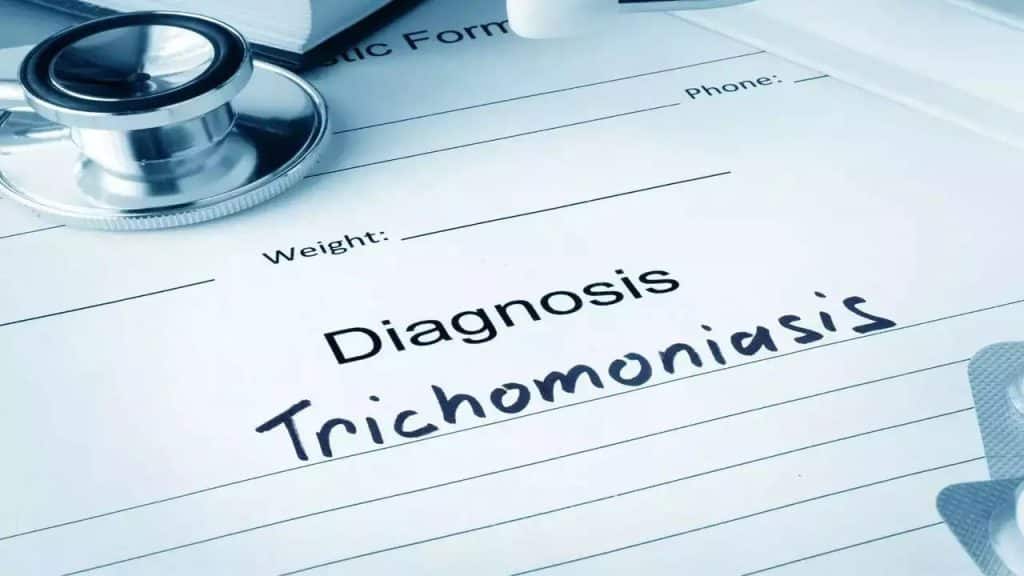Some of the trickiest diseases to diagnose are those without symptoms. After all, if you can’t tell you’re sick, why would you go to the effort of getting yourself tested? That’s especially true if the diagnostic process is complicated or expensive, involving lots of doctors and equipment. That’s why being able to self-test even for less-known diseases is so important.
One of those less-known diseases is trichomoniasis (caused by the Trichomonas vaginalis parasite), or trich for short. It’s a type of sexually transmitted infection, so some people may be a little embarrassed to talk about it, and it also just doesn’t have the notoriety of other STIs. That’s not great when there are about 152 million cases across the world every year, more than 9 million of them in the United States.
Now, we can treat trich fairly effectively with a drug called metronidazole. The trouble is that it’s very difficult for people to know when they need treatment. Around 70% of women with trich will not show any visible symptoms. They may, however, become more vulnerable to pregnancy complications, infertility and HIV. Men with trich are at a higher risk of prostate cancer as well, and are even less likely to be symptomatic.
When trich does show symptoms, it’s not normally more than a burning sensation when urinating and maybe some itchiness. A trip to the doctor may lead to a vaginal swab, which requires expertise and proper equipment to perform. Then there’s the wait while cultures are developed. There are other methods available, but they’re rare at best.
You don’t want to be leaving a trich diagnosis until after you also have HIV or another one of the complications, but the lack of symptoms combined with the invasive and uncomfortable diagnostic process means interest in a quicker and simpler method is high. That’s where a new finger-prick blood test from Washington State University comes into play (https://longevity.technology/lifestyle/sti-finger-prick-test-developed-for-trich/).
If you have trich, you should show antibodies in your blood. Just prick your finger and drip the blood onto a diagnostic stick, a bit like a Covid test. You can do it at home and have results in moments. This will allow you to immediately seek treatment.
Most people aren’t even considering they may have trich. If the new test becomes widely available, it will be a lot easier for them to know for sure.




